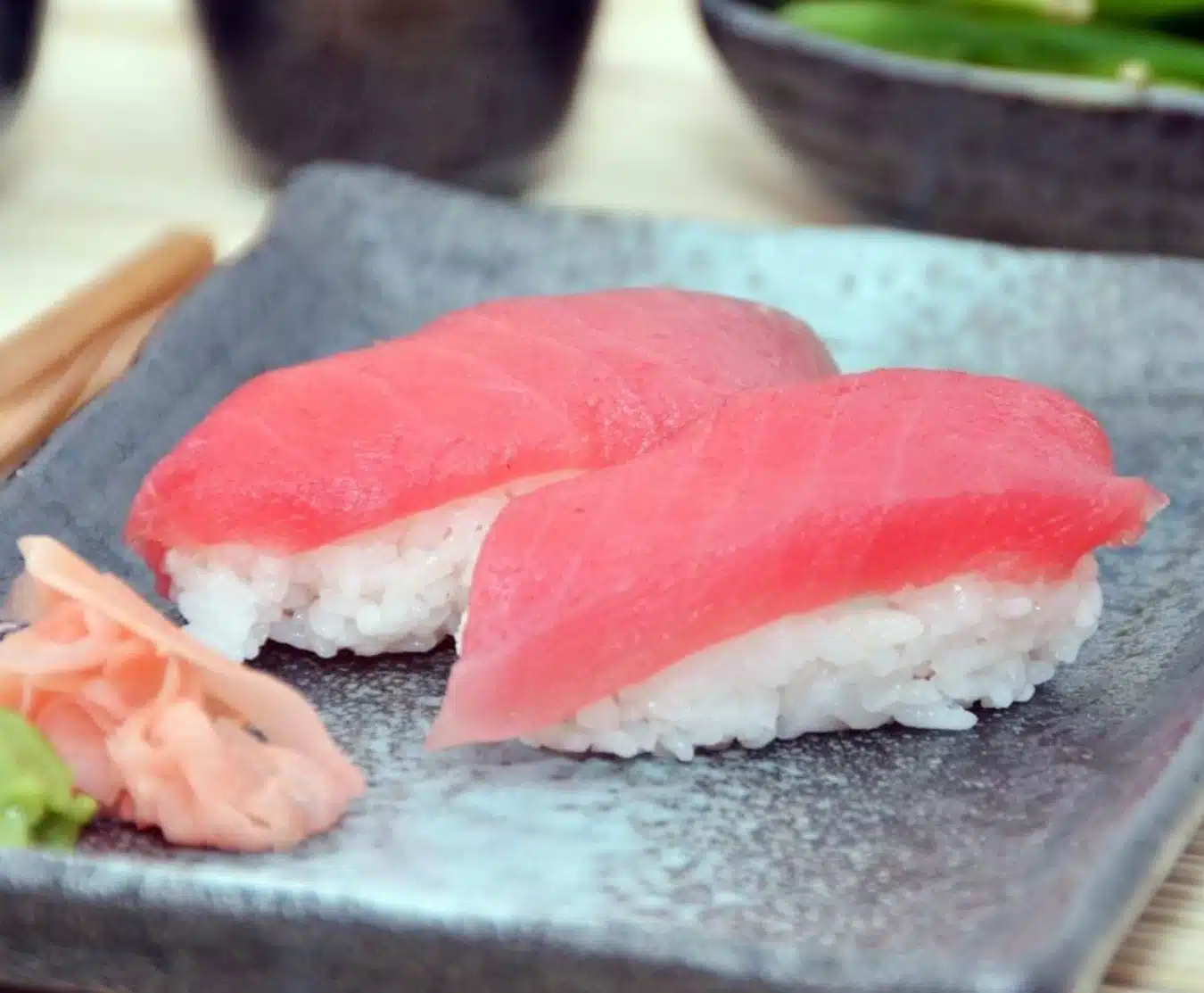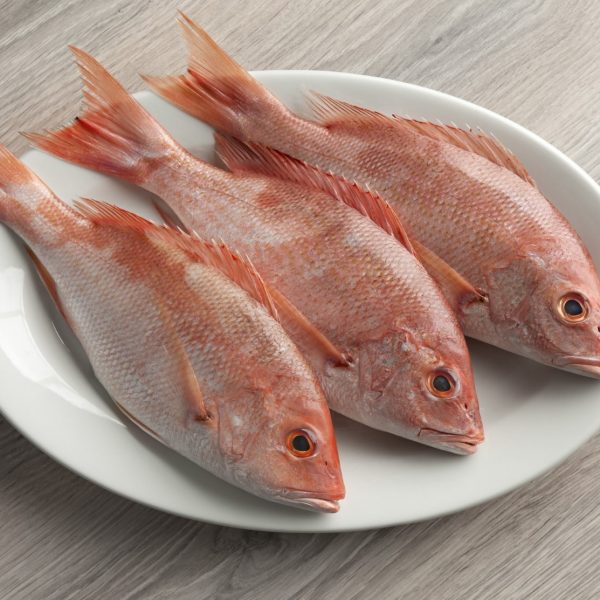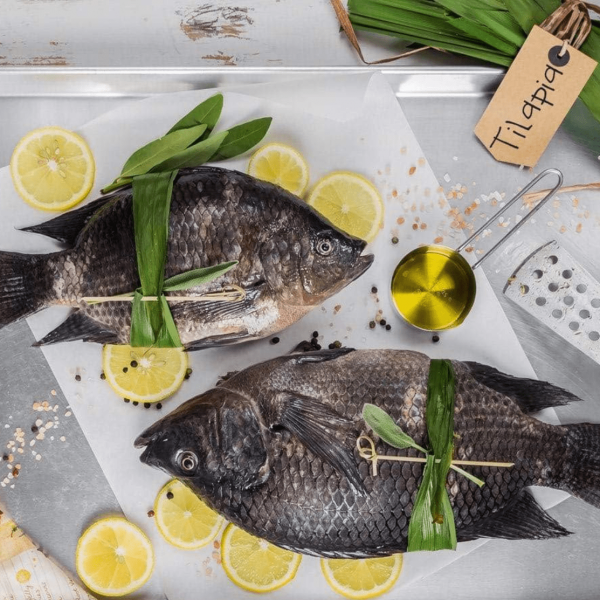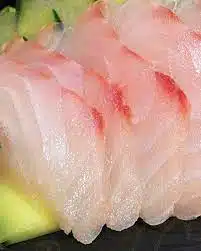Tuna that has been awarded sashimi-grade signifies that it is suitable for raw consumption. Fish are inspected when they are landed and samples are taken. Sashimi can be sold based on their color. Our tuna will always come from this top classification, so don’t worry about that.
The tuna sashimi we sell is the best quality available. The deep red color of our tuna sashimi is guaranteed.
A fresh and natural way to prepare Sashimi Tuna is to slice it thinly and serve it raw with a bit of soy sauce or wasabi paste. Tuna sliced thinly with a sharp knife and then seared with lime juice, extra virgin olive oil, green onions, and fresh ginger is served as an appetizer. Alternatively, you may enjoy our Sashimi Grade Tuna raw for the freshest taste! The tuna tartare is also worth trying. This dish is made with finger limes, avocados and sesame seeds.
What’s Good About Eating Sashimi
The nutrients in tuna include zinc, magnesium, selenium, vitamin C, omega-3 fatty acids, as well as potassium. Besides being high in omega-3, they contain an adequate amount of omega-6 and omega-9 as well, factors crucial to optimum nutrition. Tuna contains magnesium and zinc that can help regulate blood pressure, and vitamin C that contributes to glowing skin and healthy cells.
Sashimi is a delicious way to add more fresh fish texture to any recipe. A tuna salad can be prepared using this fish. Prepare delicious dishes with the ingredients sourced from the shop you rely most on.
Responsibly-Sourced
As soon as the tuna is caught, it is frozen to prevent oxidation and to retain all its flavor. So you can relish it for a long time to come. Regardless of the weather, our boats catch our tuna in the Indian Ocean and bring it to us at the best possible quality.
These sushis are made from fresh tuna caught with a sustainable method that removes fish from pristine waters rather than overfished ones. We are delighted to provide our customers with convenient tuna sashimi that has been caught using sustainable methods and processed sustainably.











